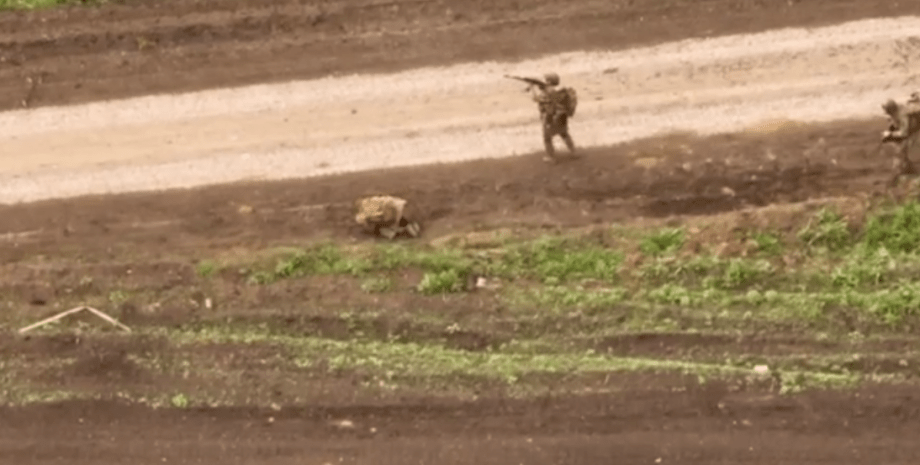
 By Eliza Popova
By Eliza Popova
In order to protect from FPV, Russian troops have recently been used by shotguns with cheekbones. Forbes writes about it. Ukrainian operators launch about 100,000 FPV-oules monthly every month. According to journalists, a shotgun with a cheek is a good weapon. After all, the speed of the FPV-arom is approximately equal to the bird. A fast shooter can hunt on FPV like a duck. At least one soldier of the Armed Forces asked Russian volunteers to send a shotgun to the front line.
"Please help us with pump rifles," said the contacted serviceman to the Russians. According to him, any. The fact that a soldier has to ask for friends to send him a shotgun testifies to the complexity of the Kremlin with the acquisition of a large number of shotguns by military channels and equipping the leading parts for protection against drones. It is known that at least one Russian unit is taught soldiers to run circles and evade the approaching FPV.
In a video published by Ukrainian radio technology expert Sergei Bezirostyany, Russian soldiers learn to evade FPV. But many videos were published, on which Russian troops try to jump out of the drone in a moment to the explosions. Such tactics will not protect from a drone with half a kilogram of explosives. "If FPV explodes in close proximity, it can equally injure and cripple, even if the blow will be inaccurate," Samuel Bendett explained, expert from drones from the CNA analytical center.










All rights reserved IN-Ukraine.info - 2022